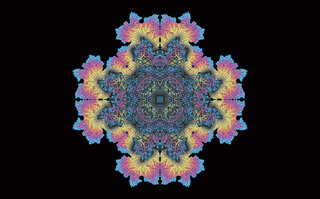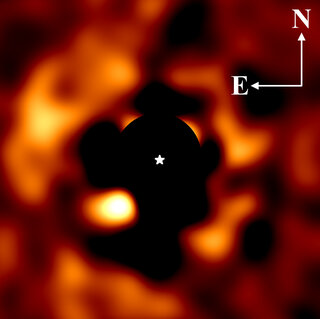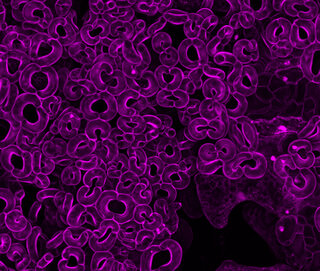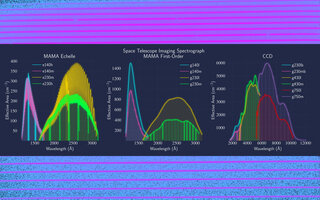
Editor’s Choice 2023-24
The hippocampus is an evolutionarily conserved brain region that is essential for learning and memory in mammals. Memories of people, places, things, as well as our individual life experiences, are all encoded and recalled by the hippocampus. The Drew and Zemelman labs use viruses to visualize and alter cellular activity to understand how cells interact with one another both within and across regions of the brain during learning processes. By combining anatomical studies with behavioral experiments, researchers can search for patterns of activity in cells and regions and better understand how human memory works. Ultimately, the hope is to apply this knowledge to treat neurological disorders such as Alzheimer’s Disease.
In this image, granule cells in the dentate gyrus of a mouse hippocampus glow with fluorescent proteins. The hair-like filaments labeled in red (dendrites) transmit information to the multi-colored cell bodies. The diameter of these granule cells is ~15 microns, or a third the width of a strand of fine human hair.
Credit:
Dr. Nathaniel Nocera
Neuroscience Ph.D. Graduate ’21




